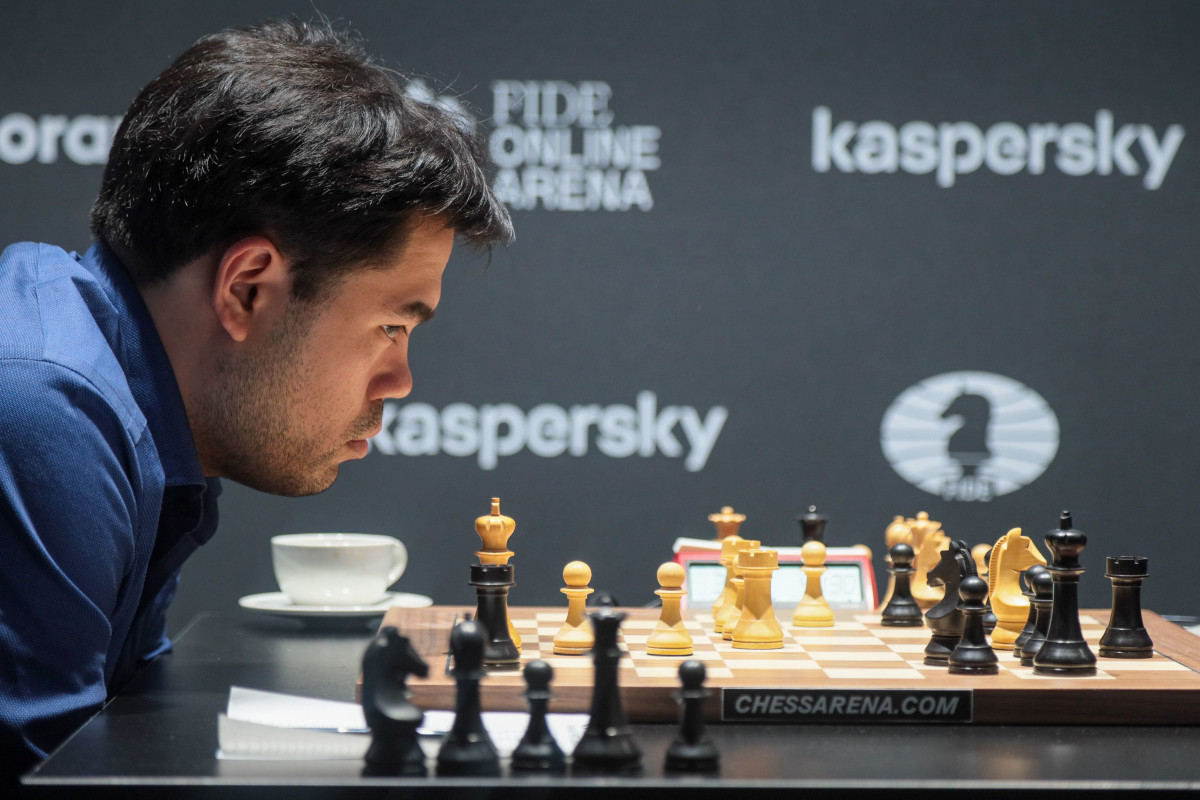


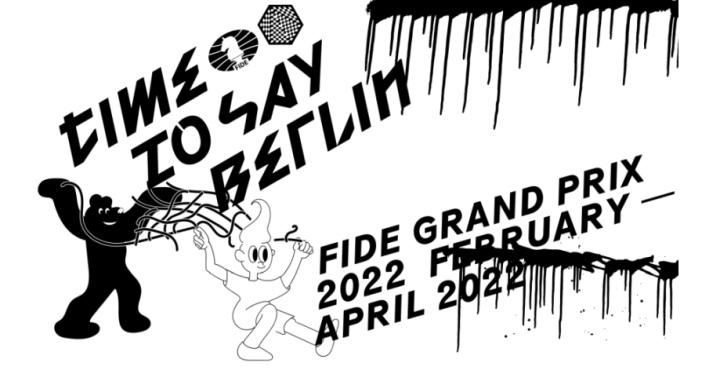 It is becoming increasingly difficult to predict who will get the second spot in the Candidates Tournament granted by the Grand Prix series — at this point, it is almost impossible for Richard Rapport not to get one of the spots. Moreover, after an exciting fourth round in the preliminaries of the third leg, we might even see a few of the underdogs making it into the semifinals in Berlin.
It is becoming increasingly difficult to predict who will get the second spot in the Candidates Tournament granted by the Grand Prix series — at this point, it is almost impossible for Richard Rapport not to get one of the spots. Moreover, after an exciting fourth round in the preliminaries of the third leg, we might even see a few of the underdogs making it into the semifinals in Berlin.
Three out of the five decisive results on Friday saw one of the contenders taking revenge against the player who had defeated him in the first round of the event. Notably, Hikaru Nakamura got the better of Levon Aronian, leaving both players tied for second place on 2/4 points in pool A — Grigoriy Oparin is now the sole leader in their group after getting a convincing victory over Andrey Esipenko. Nakamura’s win is particularly relevant, since he and Aronian entered the tournament with the best odds to qualify to the Candidates.
Similarly, Maxime Vachier-Lagrave and Amin Tabatabaei avenged their first-round losses against Alexandr Predke and Nikita Vitiugov respectively. In both cases, in pools C and D, these results left all four players in each group tied on 2/4 points going into the rest day.
Meanwhile, in pool B, Shakhriyar Mamedyarov beat Vincent Keymer and is now sharing the lead with Leinier Dominguez. Sunday’s fifth round will see the Azerbaijani getting the black pieces in the all-important direct encounter against the Cuban-born star.
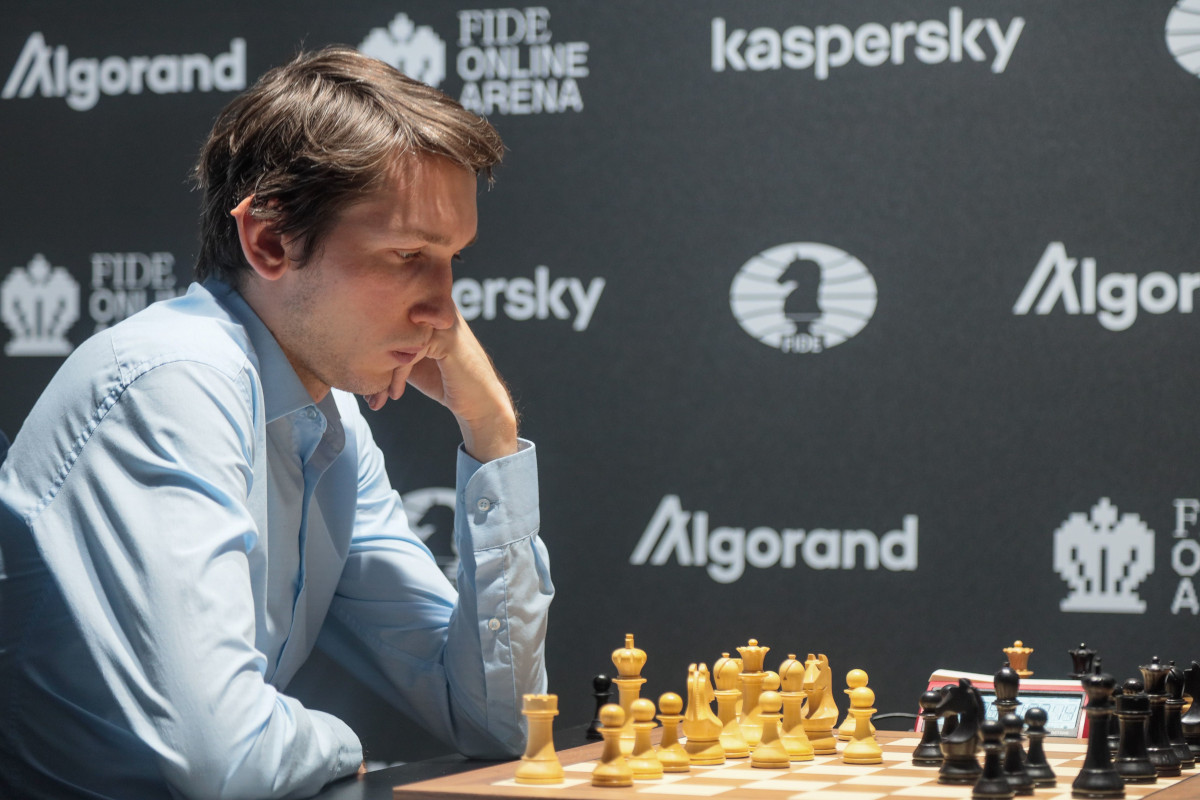
Sole leader in pool A — Grigoriy Oparin
Both Grigoriy Oparin and Hikaru Nakamura won their round-4 games with the white pieces after getting the upper hand early on and ably converting their advantages into full points.
After being surprised in the opening, Andrey Esipenko wrongly decided to push his c-pawn, entering an inferior Isolated Queen’s Pawn position.
10...c5 is in fact a novelty, but not one we are likely to see tried again by elite players in the near future. After 11.dxc5 Bxc5 12.Nb5 Bb6 13.Bc3, White has full control over the d4-square, which means his opponent will be stuck with the isolated pawn without much active counterplay to compensate for the pawn weakness.
Oparin patiently rounded up his major pieces to attack the isolated pawn. By move 30, Esipenko simply had to admit there was no way to continue defending the weakness.
After 30...d4 31.exd4, Oparin only needed to show good technique to convert his material advantage into his first win of the series.
The 24-year-old Russian is now the sole leader in the group, and might as well reach the semifinals. In the post-game interview with Dina Belenkaya, he talked about how painful it was for him to waste major winning chances in round 3, and was asked about his upcoming exams at the University of Missouri, scheduled for April.
The fourth-highest rated junior player in the world, Vincent Keymer, is having an eventful tournament in Berlin. After saving a draw against Leinier Dominguez and beating Daniil Dubov, he did not shy away from entering complications against Shakhriyar Mamedyarov.
Facing a player known for often pushing his g-pawn early in the game, Keymer trapped the white knight on h4 with 10...g5. In this position, however, grabbing the material and weakening the kingside was not a very good idea, as White got great attacking chances after 11.fxe4 gxh4 12.Bxh6 Ng5 13.Qd2
The young German here realized how strong his opponent’s initiative actually was and spent almost 20 minutes before deciding on 13...hxg3. Mamedyarov was already in the driver’s seat, and he stabilized his advantage rather quickly — 14.h3 Qh4 15.Bxf8 Kxf8 16.Qf4
For the 36-year-old Azrbaijani, converting his advantage into a full point was not particularly difficult, as he traded down into a winning endgame when he got the chance. Shakh is now sharing the lead with Dominguez on a +1 score.
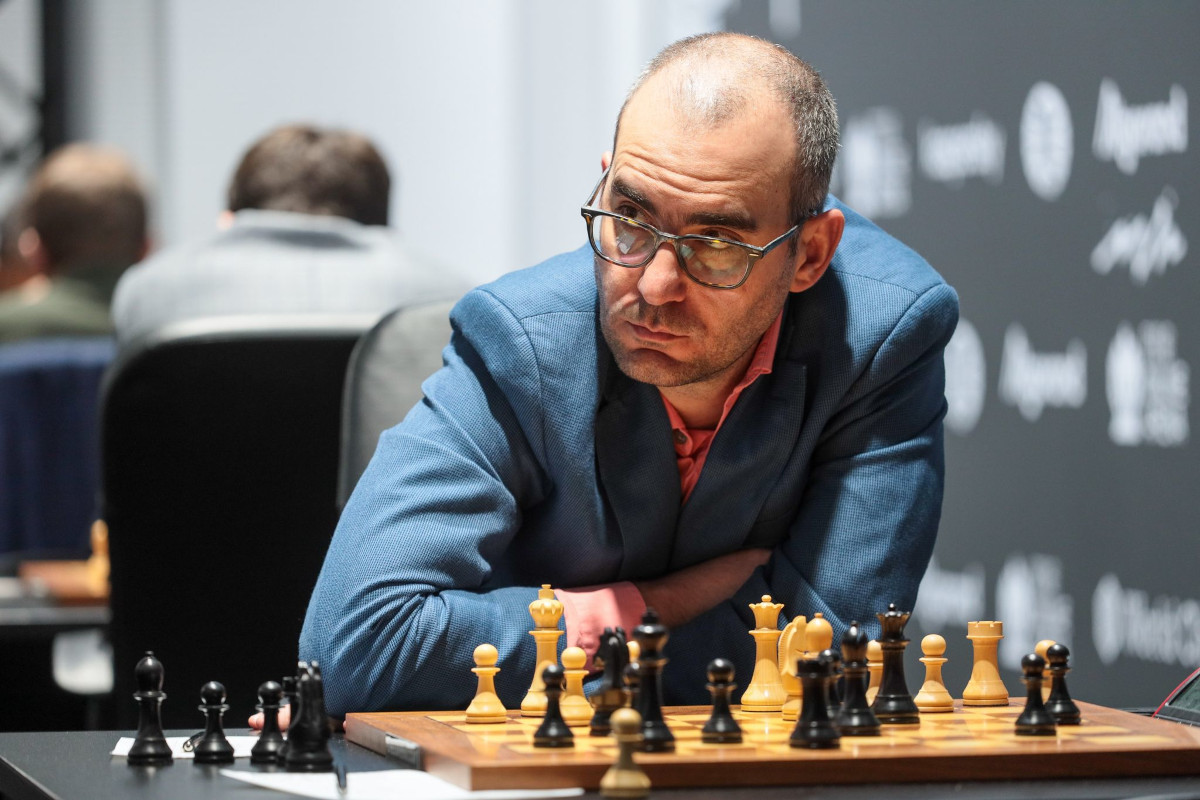
Leinier Dominguez
Ranked 54th in the world, Alexandr Predke has impressed with his opening preparation throughout the series. Facing Maxime Vachier-Lagrave with black in round 4, he seemed to be still following his notes until move 20, while his opponent had already been taking some long thinks while finding his way around the position.
Nonetheless, the complicated setup that appeared on the board out of a Closed Spanish had both players in time trouble as the game progressed. On move 31, Predke found a nice pawn sacrifice which further complicated matters.
By playing 31...g3+, Black freed the g4-square for his knight and opened up the light-squared diagonal for his bishop. This is the kind of tactical position which MVL excels at, though, as he responded by 32.Kxg3 and soon offered a queen sacrifice to gain piece activity — 32...Rf8 33.Nf3 Be8 34.Rf1 Bg6 35.Nxe5
Grabbing the rook on e5 allowed 35...Nh5+, with a discovered attack against the queen.
As both contenders confessed afterwards, none of them knew exactly what was going on, with MVL even wondering whether he had been lost at some point in the game. The Frenchman’s experience in these tactical battles served him well, though, as he came out on top after the time control and soon secured his first win of the event. It was somewhat a gamble, but one that paid off for the man from Nogent-sur-Marne.
Two sharp, interesting struggles were seen in pool D, with Yu Yangyi getting the upper hand against Anish Giri but only getting a draw, and Amin Tabatabaei taking down sole leader Nikita Vitiugov with the white pieces.
The Iranian grandmaster castled queenside out of a Slav Defence. By move 27, he was already in the driver’s seat and correctly decided to grab a pawn on a3, despite this leading to him giving up two minor pieces for a rook.
27.Nxa3 Rxc1 28.Rxc1 Bxa3 followed. What justified White’s decision to enter this line was his getting the initiative via 29.Rc7 Nc6 30.Bxb5
Vitiugov in fact managed to defend his pinned piece, but he wasted too many tempi in doing so. Tabatabaei pushed his queenside passers while his opponent untangled his position.
By move 44, White’s b-pawn had reached the sixth rank, and Vitiugov decided he had seen enough. Much like in pool C, now all four players are tied on a 2/4 score.
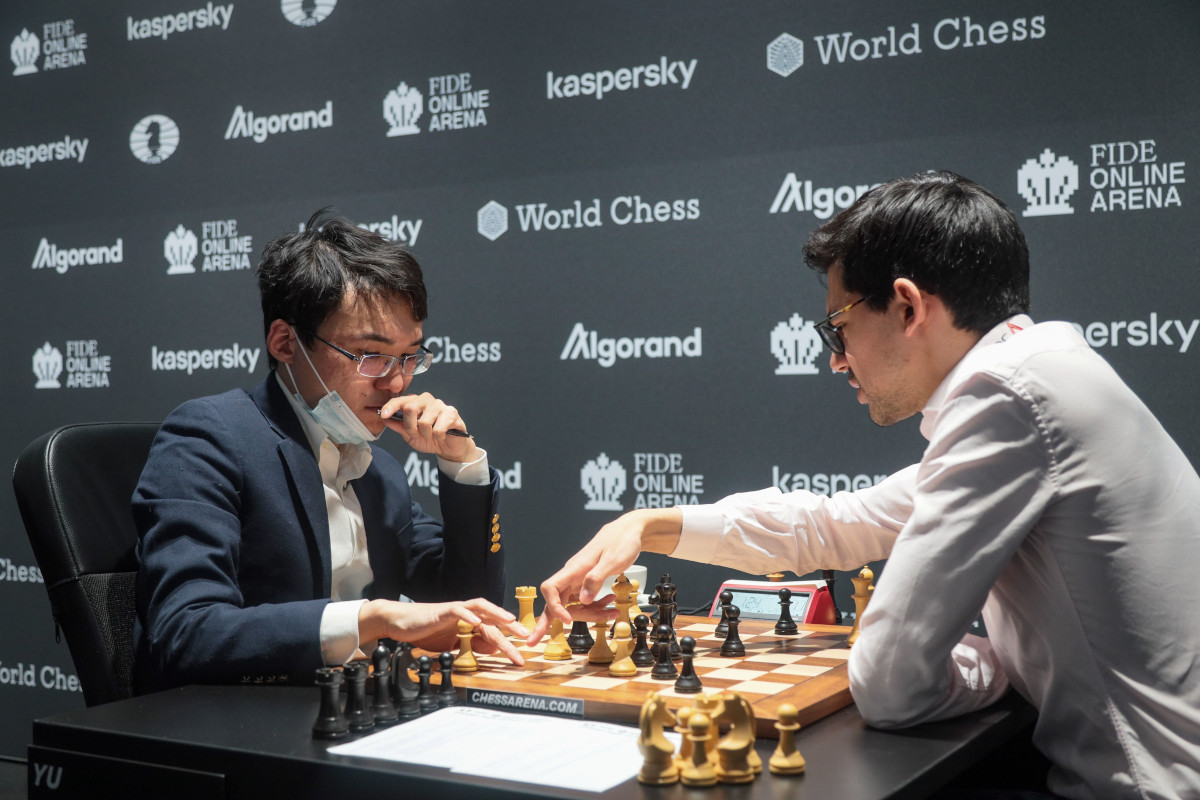
Analysing — Yu Yangyi and Anish Giri
| Advertising |